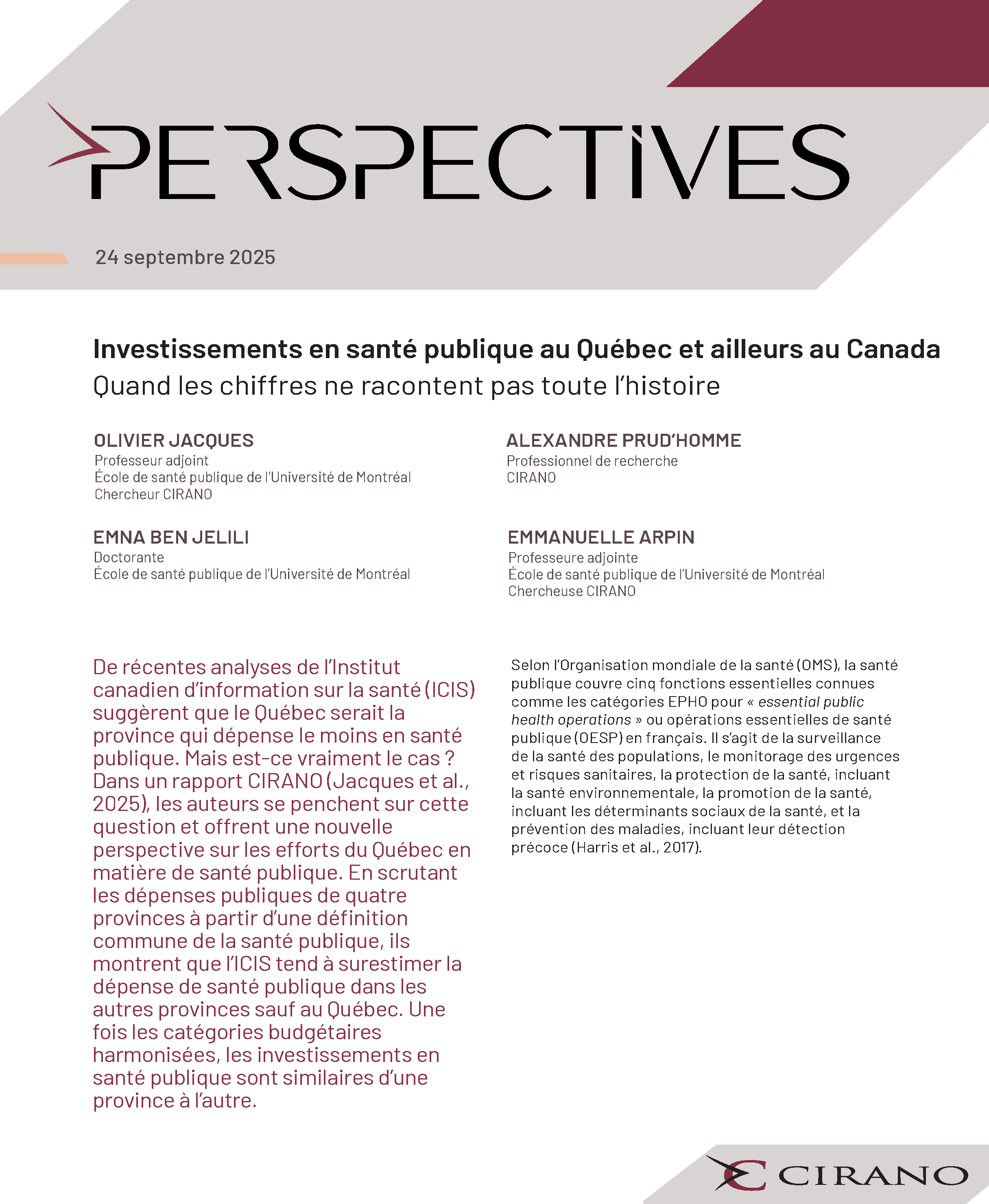The L&E of Intellectual Property – Do we get maximum innovation with the current regime?
Innovation is crucial to economic growth – the essential path for lifting much of the world population out of dire poverty and for maintaining the living standard of those who already have. To stimulate innovation, the legal system has to support the means through which innovators seek to get rewarded for their efforts and risks taken. Amongst these means, some, such as the first mover advantage or 'lead time,' are not directly legal; but secrets and intellectual property rights are legal institutions supported for the specific purpose of stimulating innovation. Whilst the protection of secrets has not changed very much over recent years, intellectual property (or IP) has. IP borrows some features from ordinary property rights, but is also distinct, in that, unlike physical goods, information, the object of IP, is not inherently scarce; indeed as information and communication technologies expand, the creation and distribution of information is becoming ever cheaper and in many circumstances abundant, so that selection is of the essence ('on the internet, point of view is everything'). New information builds on already existing information. Where rights on information extend too far, their monopolising effect may hamper innovation.
The paper investigates the underlying structure of IP rights and surveys what we know empirically about the incentive effects of IP as about industries that flourish without formal IP.




